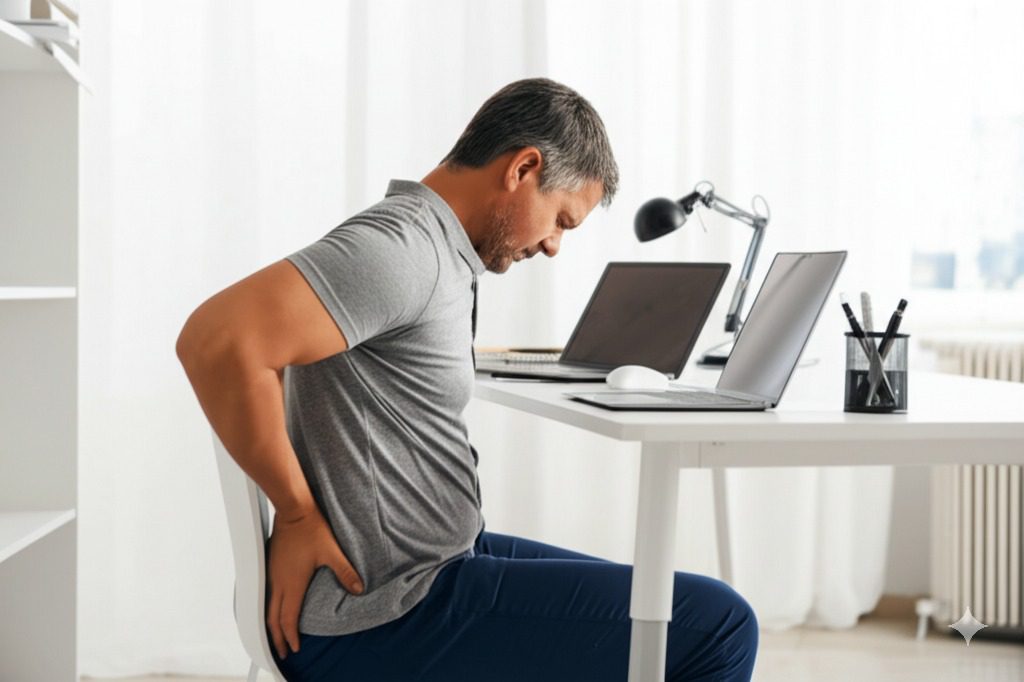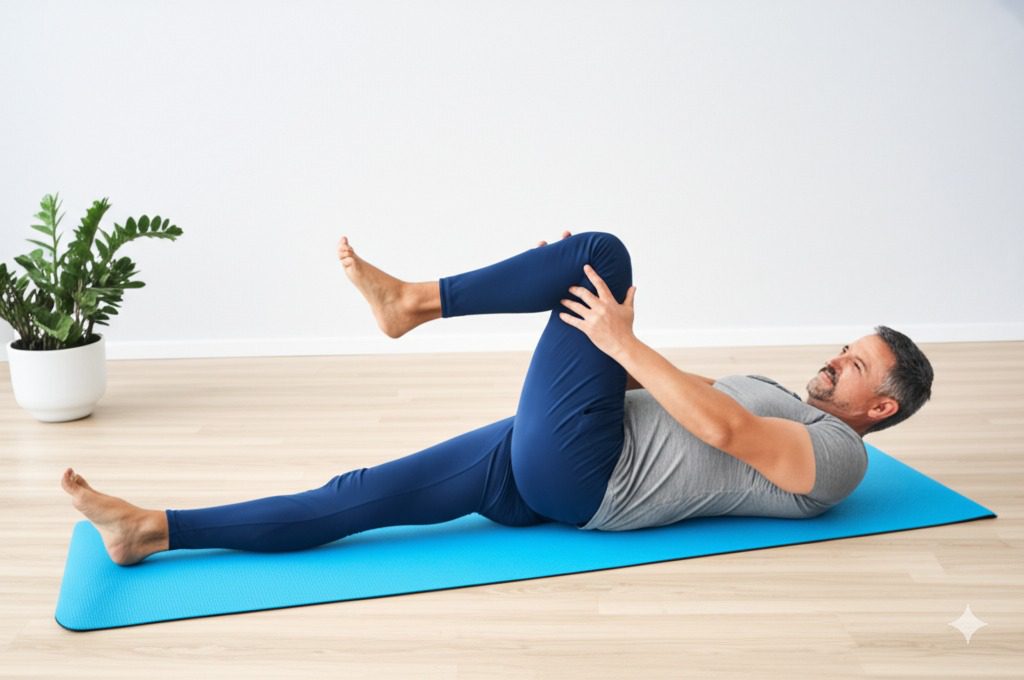Finding effective back pain relief can transform your daily life, especially if you’re one of the millions worldwide affected by this issue. Whether you experience occasional discomfort or chronic pain, this comprehensive guide explores the causes, symptoms, and practical solutions to help you manage and reduce back pain. From home remedies to supportive products, we’ve got you covered with expert-backed strategies tailored for adults aged 30-60 in the United States. Explore more solutions at Back and Joint Pain Relief.
Affiliate Disclosure: This post contains affiliate links from Amazon, ShareASale, and iHerb. We may earn a commission at no extra cost to you if you make a purchase through our links. See our full Disclaimer for more details.
Understanding Back Pain: Causes and Symptoms
Back pain can range from acute (lasting less than 4 weeks) to chronic (persisting beyond 12 weeks). It’s a widespread issue, with up to 80% of adults experiencing it at some point, according to WebMD. Recognizing its causes and symptoms is key to finding the right relief, especially for back pain relief for seniors. Learn more about what causes back pain in seniors on our blog.
- Common Causes:
- Poor posture: Slouching or sitting for long periods without proper support strains the spine.
- Injuries: Strains or sprains from improper lifting or sudden movements.
- Age-Related Conditions: Arthritis, degenerative disk disease, or osteoporosis, often linked to aging.
- Symptoms:
- Aching or stiffness along the spine.
- Numbness or radiating pain, especially in cases like sciatica (Mayo Clinic).

Types of Back Pain: Know Your Condition
Understanding the type of back pain you’re experiencing can help you choose the right back pain relief strategy. Here are the most common types:
- Acute Back Pain: Lasts less than 4 weeks and often results from sudden movements, lifting heavy objects, or minor injuries. It typically resolves with rest, ice, and gentle stretching.
- Chronic Back Pain: Persists beyond 12 weeks and may be linked to underlying conditions like arthritis or degenerative disk disease. Chronic pain often requires a combination of treatments, including physical therapy and lifestyle changes.
- Sciatica: A specific type of pain caused by irritation of the sciatic nerve, often radiating from the lower back down one leg. It may feel like a sharp, burning sensation and can worsen with prolonged sitting.
- Muscle Spasms: Sudden, involuntary contractions of back muscles, often triggered by strain or dehydration. Applying heat and gentle stretching can help—learn more with our guide on how to relieve back spasms quickly. Identifying your type of back pain is the first step to effective relief.
Identifying your type of back pain is the first step to effective relief.
Home Remedies for Back Pain Relief
Home remedies are affordable and effective ways to ease back pain. Here are some proven methods to relieve back pain naturally:
- Exercises:
- Child’s Pose: A restorative yoga pose that gently stretches the lower back. Kneel on the floor, sit back on your heels, and stretch your arms forward while lowering your forehead to the ground. Hold for 30-60 seconds, breathing deeply to release tension.
- Cat-Cow Stretch: A yoga move where you alternate between arching and rounding your back on all fours to improve spine flexibility. Perform 5-10 cycles, moving slowly with each breath.
- Knee-to-Chest Stretch: Lie on your back and pull one or both knees toward your chest to relieve lower back tension. Hold for 20-30 seconds per side, repeating 2-3 times. For more detailed steps and additional natural methods, check out our guide on how to fix a sore lower back with 5 proven methods. Want to explore more natural remedies? Learn how to ease back pain naturally with 5 simple remedies, including soothing Epsom salt baths and anti-inflammatory turmeric tea.
- Natural Tips:
- Hot and cold compresses: Use heat to relax muscles and improve blood flow, or cold packs for the first 24 hours to reduce inflammation, then switch to heat. These methods are especially effective for back spasms—check out our guide on how to cure back spasms at home with 5 effective tips for more detailed steps.
- Mind-Body Techniques:
- Practice deep breathing or mindfulness meditation to reduce stress, which can worsen back pain. Sit comfortably, close your eyes, and take slow, deep breaths for 5-10 minutes daily to promote relaxation.
- Lifestyle Adjustments:
- Use a lumbar pillow, maintain proper posture, and avoid prolonged sitting.

Lifestyle Changes to Prevent Back Pain
Preventing back pain requires long-term changes to your daily habits. Here are some practical tips to protect your spine and reduce the risk of future discomfort:
- Improve Your Posture: Stand and sit with your shoulders back and spine aligned. When sitting, use a chair with good lumbar support and keep your feet flat on the floor.
- Choose Supportive Footwear: Avoid high heels or flat shoes without arch support. Opt for shoes with cushioning and a slight heel to maintain proper spinal alignment.
- Manage Your Weight: Excess weight, especially around the midsection, can strain your lower back. Maintain a healthy diet and exercise regularly to keep your weight in check.
- Stay Active: Incorporate low-impact activities like walking, swimming, or yoga into your routine to strengthen your core and improve flexibility, reducing the likelihood of back pain.
Adopting these habits can help you maintain a healthy spine for years to come.
When to Seek Professional Help
While many cases improve with home care, consult a doctor if you notice:
- Pain radiating down your leg (possible sciatica).
- Loss of bladder or bowel control (a sign of cauda equina syndrome, a medical emergency).
- Persistent pain despite rest or remedies.
For more, see Cleveland Clinic’s back pain emergency guide.

Frequently Asked Questions
Does back pain go away on its own?
Acute pain often resolves within weeks with rest and care, but chronic pain may need ongoing attention.
What are the best products for relief?
TENS units, Theraguns, and supplements like Omega-3 are highly recommended.
How can I prevent back pain?
Focus on good posture, regular exercise, and supportive tools like lumbar cushions (Johns Hopkins Medicine).
Can sleeping position affect back pain?
Yes, sleeping on your stomach can strain your spine. Opt for sleeping on your back or side with a pillow under your knees or between your legs to maintain proper spinal alignment.
Are there foods that help with back pain?
Yes, anti-inflammatory foods like salmon, turmeric, and leafy greens can reduce inflammation and support overall spine health. Stay hydrated to keep spinal discs healthy.
Comparative Analysis of Supportive Products
Here’s a quick comparison to help you decide:
This table reflects product benefits and typical pricing from trusted sources.

Conclusion and Call to Action
Relieving back pain starts with understanding its causes and symptoms, then applying home remedies like the Cat-Cow Stretch and using supportive products like the iReliev TENS Unit or Theragun Elite. Take control of your comfort today—explore these solutions and live pain-free! Start with small changes, like incorporating the Cat-Cow Stretch into your morning routine or trying a TENS unit for targeted relief. What’s your favorite back pain relief strategy? Let us know in the comments!

